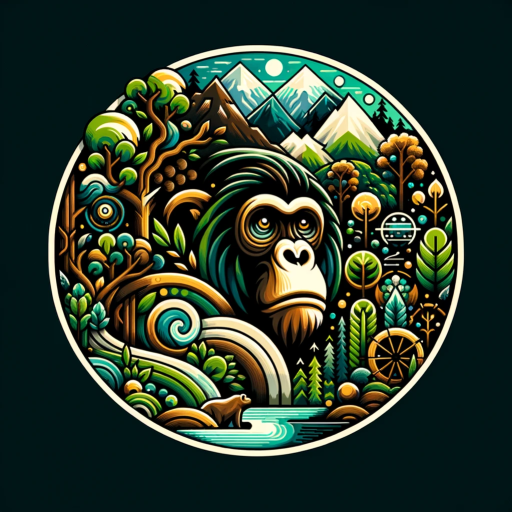“`html
Must-Read Books Exploring the Intersection of AI and Art
The convergence of artificial intelligence (AI) and art is one of the most exhilarating frontiers in contemporary creative exploration. As technology continues to evolve, so does its relationship with creative expression. This article aims to dive deep into the must-read books that explore this fascinating intersection, illuminating how AI is transforming artistic endeavors across various mediums.
The AI Revolution in Art
Artificial intelligence is not just a tool; it has become an innovative collaborator with artists, offering new avenues for creativity and expression. From generating visual art to composing music and even creating literature, AI’s potential is expansive. Books addressing this intersection provide insights into both the opportunities and the ethical dilemmas posed by this collaboration.
1. “The Artist in the Machine” by Arthur I. Miller
Arthur I. Miller’s “The Artist in the Machine” examines the philosophical implications of AI’s role in art creation. Miller argues that while AI can replicate styles and mimic creativity, it ultimately raises essential questions about the essence of artistry.
- Key Themes:
- The nature of creativity
- Relationships between human artists and machines
- The future of artistic expression
2. “Artificial Intelligence and the Arts” by Yejin Choi and Others
This groundbreaking compilation discusses the ways AI is being employed across various art forms, including visual arts, literature, and music. The editors collate voices from leading practitioners and scholars, offering a comprehensive overview of the current landscape.
- Key Insights:
- Collaboration between artists and AI
- Case studies of AI-created works
- The cultural impact of AI-generated art
3. “Deep Learning for Vision Systems” by Mohsen A. Razzak
While not solely focused on art, “Deep Learning for Vision Systems” offers essential insights into the algorithms and technologies that power AI in visual arts. Understanding these concepts is crucial for artists and technologists seeking to utilize AI effectively.
- Core Topics:
- Machine learning fundamentals
- Image generation techniques
- Real-world applications of deep learning in art
Ethical Considerations in AI and Art
With great power comes great responsibility. The integration of AI into art raises critical ethical questions that authors are beginning to address. The following books tackle these issues with diligence.
4. “Artificial Unintelligence: How Computers Misunderstand the World” by Meredith Broussard
Meredith Broussard’s “Artificial Unintelligence” provides a critical lens through which to view AI’s capability and limitations. She focuses on the biases inherent in algorithms, discussing the implications of these biases in the realm of art.
- Key Discussions:
- Bias and representation in AI-generated art
- Human oversight in AI art processes
- The philosophical implications of “intelligence”
5. “Re-Engineering Humanity” by Brett Frischmann and Evan Selinger
This book offers a broader commentary on how technology shapes human experiences, including creativity. Frischmann and Selinger explore the societal implications of using AI in decision-making processes, including artistic collaborations.
- Relevant Topics:
- The impact of AI on human creativity
- Ownership and authorship in machine-generated art
- Future implications for society and culture
Artists and Their Creates
Several contemporary artists have engaged deeply with AI in their works. The following books highlight the groundbreaking projects produced by creators fascinated by the possibilities of AI.
6. “Hello World: Being Human in the Age of Algorithms” by Hannah Fry
In “Hello World”, Hannah Fry examines the pervasive role algorithms play in our lives, including the art world. Fry processes the intersection of technology, art, and human experience, encouraging readers to consider how algorithms shape their perceptions.
- Main Questions:
- How do algorithms influence taste and aesthetics?
- The balance of human intuition and machine logic in art
- Future scenarios for human-AI collaboration
7. “The Creativity Code: How AI is Learning to Write, Paint and Think” by Marcus du Sautoy
Marcus du Sautoy’s “The Creativity Code” offers a thorough overview of how AI systems create art across various formats. He dives into programming and how creative processes can be mimicked, presenting both technical and philosophical perspectives.
- Key Insights:
- AI’s evolving capabilities in creative fields
- The potential for AI in storytelling
- Impact on traditional artistic disciplines
Conclusion
The fusion of artificial intelligence and art presents a unique convergence of fields, leading to continually evolving artistic expressions and ethical considerations. Reading the books highlighted in this article will not only broaden your understanding of this dynamic intersection but also inspire new thoughts on how technology shapes creativity. As AI continues to redefine what it means to be an artist, staying informed and engaged with these texts will provide invaluable insights into the future of art.
Whether you are an artist, technologist, or merely a curious observer, these must-read books serve as a bridge explaining the thrilling synthesis of AI and art. Embrace the journey of discovery and enhancement through this fascinating intersection.
“`

